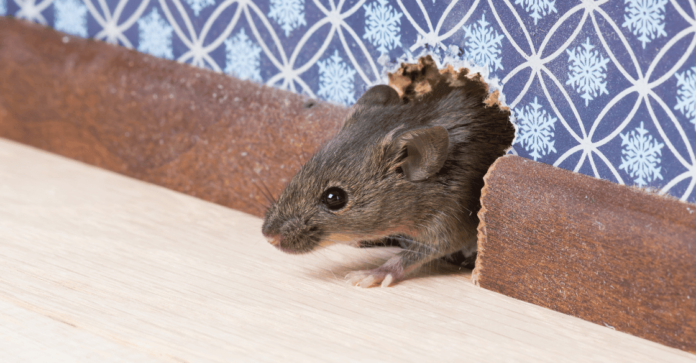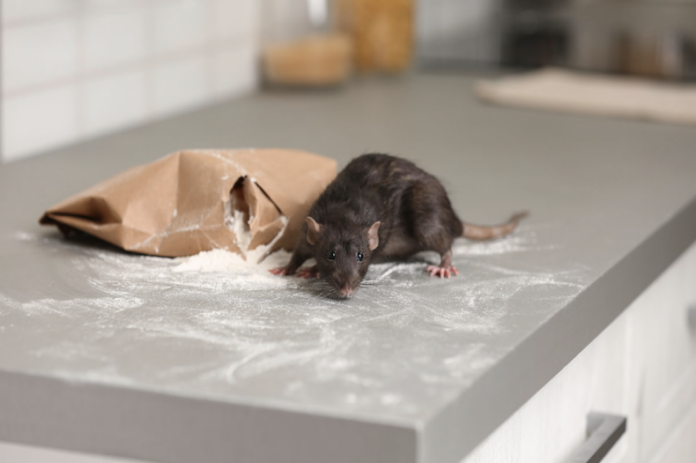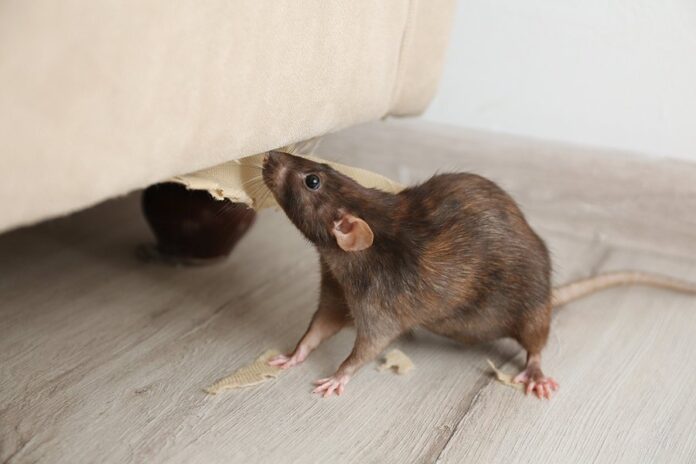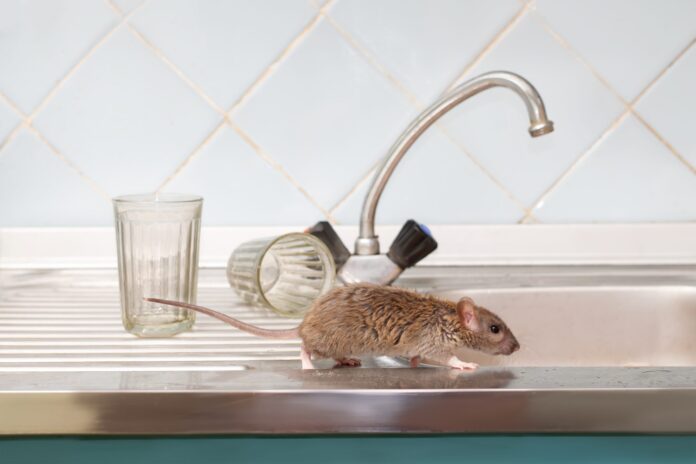Your home should be a sanctuary, a place of comfort and safety. But when they invade, that sense of security shatters. Home rat removal isn’t just about convenience; it’s about safeguarding your health and property.
It is well known that rats may transmit illnesses like leptospirosis and salmonella through their feces and urine. They nibble on insulation and cables, which might result in electrical fires and higher energy costs. Additionally, their constant chewing might damage your furniture and other possessions.
Signs of Infestation in Your House

To combat an infestation effectively, you need to know what you’re up against. Look for signs such as scurrying sounds in your walls or attic. These nocturnal creatures are active at night, so you might hear them when everything else is quiet.
Rat droppings are another unmistakable sign. These small, dark pellets are often found near their nesting areas and feeding sites. Chewed wires, cardboard, or wood are also common indicators of their presence. If you notice these telltale signs, it’s time to consider reaching out to a professional rat exterminator. Their expertise can make a significant difference in effectively addressing the infestation and ensuring your home remains rodent-free.
Identify Common Rat Species Invading Homes

Not all of them are created equal. The two most common species that invade homes are the Norway rat and the roof rodent. The Norway rodent, also known as the brown rat, is a burrower and prefers to stay close to the ground. In contrast, roof rats are agile climbers and often infest attics, trees, or high places.
Understanding these distinctions helps tailor your removal strategy. For instance, you might focus on sealing ground-level entry points for Norway rodents and inspecting the upper parts of your home for roof rodents.
Health Risks Associated with Rats in the Home
Rodents carry a slew of diseases that can be transmitted to humans. One of the most concerning is leptospirosis, which can cause symptoms ranging from fever to kidney and liver failure. Hantavirus, another dangerous disease, spreads through informant urine and droppings and can lead to severe respiratory illness.
Snitches are also known to carry fleas and ticks, further increasing the risk of disease transmission to humans and pets. Given these health hazards, it’s paramount to eliminate rats from your living space.
Safe and Humane Trapping Techniques
Safe and humane snitch trapping techniques are essential for both ethical reasons and effective rodent control. Opt for live traps designed to capture informants without causing harm. These traps use bait to lure the rat inside and then securely contain it. Check the traps regularly to ensure captured rodents are promptly released far from your home, preferably in a wooded area or park. This approach not only spares the rodent’s unnecessary suffering but also prevents the potential odor and health hazards of a dead snitch hidden in your walls. It’s a humane and environmentally responsible way to address infestations.
Poison-Free Control Methods
Using poisons can be risky, especially if you have pets or children. Instead, opt for poison-free approaches like peppermint oil, which rodents detest. Mothballs and ultrasonic devices are also effective in deterring rodents without posing any danger to your family or the environment.
Sealing Entry Points to Prevent Rat Access

Sealing entry points is a critical step in prevention. They are incredibly adept at squeezing through even the tiniest openings, so meticulous inspection is essential. Begin by scrutinizing your home’s exterior, looking for gaps around pipes, vents, and foundation cracks. Seal these openings with materials like steel wool, metal mesh, or caulk to create an impenetrable barrier.
Inside, pay attention to gaps around doors, windows, and utility lines. They can exploit these weaknesses, so use weatherstripping and door sweeps to eliminate potential entry points. By effectively sealing these access routes, you not only keep them out but also enhance your home’s energy efficiency. It’s a small investment that yields significant benefits in maintaining a rat-free living space.
Importance of Proper Sanitation in Rat Prevention

Proper sanitation is the cornerstone of prevention, and its significance cannot be overstated. They are attracted to food sources, and maintaining a clean and clutter-free environment denies them the sustenance they seek. Store food in airtight containers, clean up crumbs and spills promptly, and ensure trash cans have tightly sealed lids. Beyond the kitchen, declutter your home to eliminate hiding spots and nesting areas.
Sanitation not only removes temptations but also disrupts the habitat, making your home less appealing. By eliminating food and shelter, you create a less hospitable environment for these pests. This proactive approach is the first line of defense against infestations, reducing the risk of exposure to diseases and costly property damage. In prevention, cleanliness truly is next to restlessness.
Natural Repellents to Deter Rats Indoors
If you’re looking for natural ways to deter rats, consider using peppermint oil. They dislike the strong scent of peppermint, so placing soaked cotton balls or peppermint oil-soaked rags in areas prone to infestation can be effective. Mothballs and ultrasonic devices are also options worth exploring.
Professional Pest Control vs. DIY Approaches

Deciding between professional pest control and a DIY approach depends on the severity of your infestation and your comfort level with handling it yourself. Professionals have the experience and knowledge to tackle even the most challenging cases, but they can be costly. DIY methods, on the other hand, can be effective for smaller infestations and are more budget-friendly.
Maintaining a Rat-Free Home Long-Term
Achieving a rat-free home is a significant accomplishment, but the battle isn’t over. To maintain a rodent-free environment long-term, it’s essential to remain vigilant. Regularly inspect your home for signs of activity, and address any issues promptly. Continue practicing good sanitation and sealing potential entry points to keep rodents at bay.
Conclusion
In conclusion, home rat removal is a task that requires knowledge, patience, and dedication. By recognizing the signs of infestation, identifying common species, understanding the health risks, and employing safe and humane removal methods, you can protect your home and loved ones from the perils of an invasion. Whether you choose professional assistance or opt for a DIY approach, the key to success lies in proactive prevention and vigilant maintenance. A rat-free home is not just a dream; it’s a reality you can achieve with the right strategies and determination.









